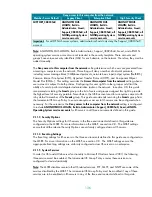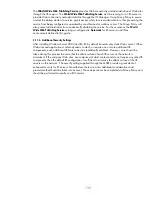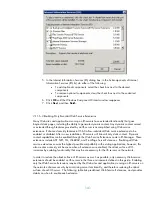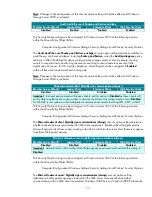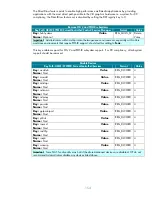
144
2.11.6.6
Configuring IIS Logging
This guide recommends enabling IIS logging on IIS servers in the three environments defined in this
guide. Separate logs can be created for each Web site or application. IIS logs information beyond
the scope of the event logging or performance monitoring features provided by Microsoft Windows.
The IIS logs can include information such as who has visited a site, what the visitor viewed, and when
the information was last viewed. IIS logs can be used to assess content popularity, identify information
bottlenecks, or as resources to assist in investigating attacks.
The IIS Manager snap-in can be used to configure the log file format, the log schedule, and the exact
information to be logged. To limit the size of the logs, careful planning should go into the selection of
the fields that will be logged. When IIS logging is enabled, IIS uses the W3C Extended Log File
Format to create daily activity logs which are stored in the directory specified for the Web site in IIS
Manager. To improve server performance, logs should be stored on a non-system striped or
striped/mirrored disk volume. Furthermore, logs can be written to a remote share over a network
using a full, Universal Naming Convention (UNC) path. Remote logging allows for administrators to
set up centralized log file storage and backup. However, writing the log file over the network could
negatively impact server performance. IIS logging can be configured to use several other ASCII or
Open Database Connectivity (ODBC) log file formats. ODBC logging enables IIS to store activity
information in a SQL database. However, it should be noted that when ODBC logging is enabled, IIS
disables the kernel-mode cache. For this reason, implementing ODBC logging can degrade overall
server performance.







